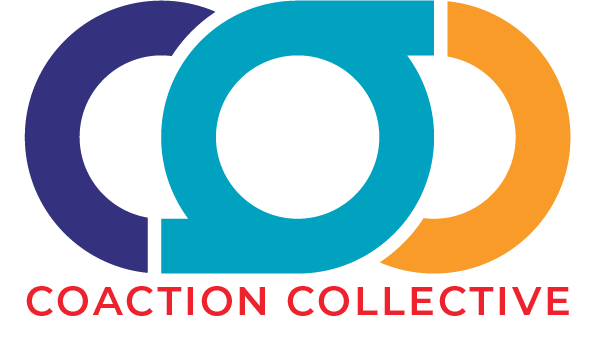Family School Partnerships in the Secondary Grades
Student-Family Emails
Strong family-school partnerships are built in middle and high school when educators, families, and students have trusting relationships and ongoing collaboration around student learning and well-being. The most effective family-school partnerships equip families with information about what their child is learning, how their child is progressing, and how families can support their child’s education at home.
Strategy
Every two weeks (or at the interval you determine!), middle/high school students email designated family members directly from the classroom to share what they are learning and progressing in class. Students cc their teacher on the email. Family members can then reply with encouragement, guidance, and expectations, and teachers can reply with additional information, tools, or resources as necessary. This strategy ensures that students, families, and educators have the same information and sustains open dialogue about student learning and social-emotional well-being.
Download the free Sample Teacher-to-Caregiver Email resource below.
Process
First, invite families into partnership! Communicate to the caregiver students have identified as their “home adult” that students will be sending an academic reflection email, and they are encouraged to respond.
Next, teach students what to do! See examples in the editable resource!
Then, develop a classroom routine! Hold 10-15 minutes in class every two weeks for students to reflect on their learning and send emails.
Finally, dialogue with families and see student outcomes improve! Follow up with families as necessary with additional information, ways in which families can support their child, and reply to any questions they ask.
Tips
Introduce the strategy during beginning-of-the-year welcome calls, student enrollment, through a school-wide email, newsletter, or robocall, at back-to-school night, during the first family conference (aka parent-teacher conference), or at any other family event.
Provide alternatives for families who don’t use or have access to email! If email isn’t an option, consider the following:
using the messaging platform attached to online grade books
a text on a group thread (you, student, and caregiver)
a brief phone call during school hours
You may not speak the same language the student writes the email in for their family member. You may use a platform such as Google Translate to translate the student’s message and correspond with the student’s family. Most importantly, the students communicate to their caregivers in a language they can understand.

